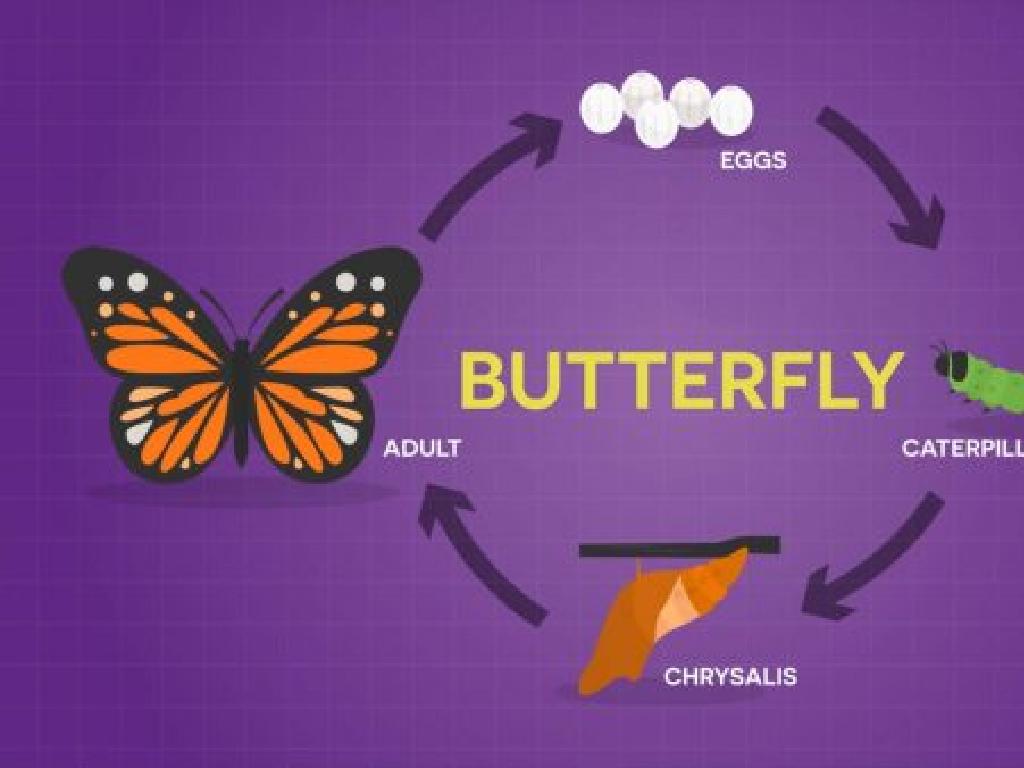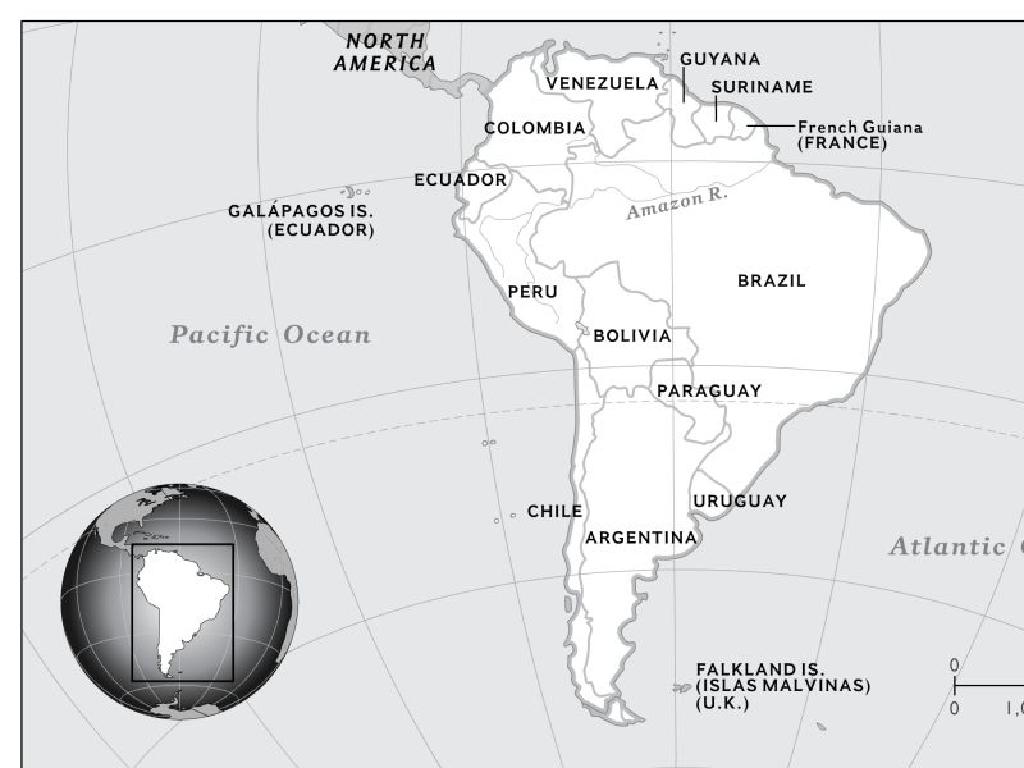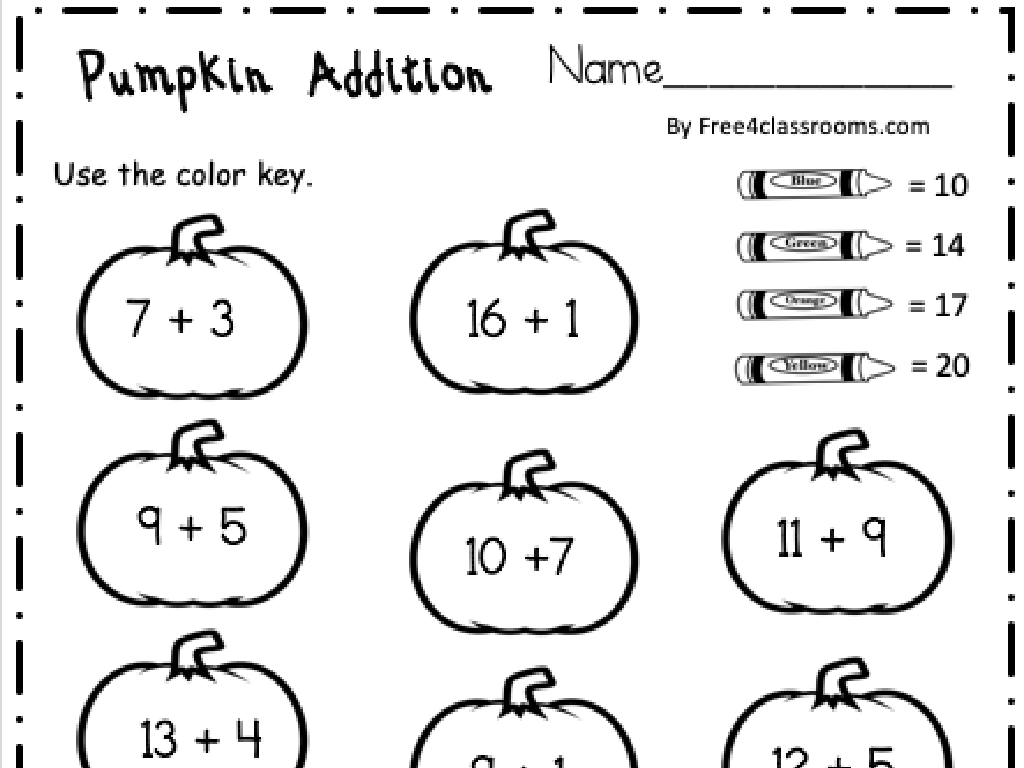Choose The Number That You Hear - Up To 5
Subject: Math
Grade: Kindergarten
Topic: Numbers To 5
Summary: This engaging Kindergarten math lesson helps students recognize and respond to numbers up to 5 through listening and interactive counting activities. Children learn to identify numbers by using fingers, counting real objects, and playing games like "Show Me Your Fingers" and a fun classroom number hunt. With movement, teamwork, and hands-on practice, the lesson promotes auditory learning and number sense. It encourages kids to continue counting at home using everyday items.
Please LOG IN to download the presentation. Access is available to registered users only.
View More Content
Welcome to Numbers!
– Greet our little mathematicians
– Today’s focus: Numbers up to 5
– Show and count your fingers
– Hold up your hands, can we count 1 to 5?
– Practice counting together
– We’ll count objects together to practice
|
This slide is designed to introduce kindergarteners to the concept of numbers up to 5. Start by greeting the students warmly to create an engaging learning environment. Explain that the day’s lesson will focus on understanding and recognizing numbers up to 5. Encourage the children to show their fingers and use them as a tool for counting, which provides a tactile and visual way to understand numbers. Engage the class by counting each finger together, reinforcing the concept of one-to-one correspondence. As an activity, you can use various classroom objects for counting practice, ensuring that the children are actively participating and applying what they’ve learned.
What Are Numbers?
– Numbers help us count
– Each number shows quantity
– Counting objects 1 to 5
– Let’s count: 1 apple, 2 cookies, 3 cars, 4 blocks, 5 ducks
– Practice with real examples
– Use toys or drawings to count together
|
This slide introduces the concept of numbers to Kindergarten students, emphasizing their role in counting and understanding quantities. Start by explaining that numbers are symbols we use to tell us how many of something we have. Use simple, relatable examples to illustrate each number from 1 to 5, such as counting classroom items or pictures. Encourage the students to participate by counting aloud and using their fingers to represent each number. Provide a variety of real-life examples for the children to practice counting, such as toys, snacks, or illustrations, to reinforce the concept of quantity associated with each number.
Learning the Number 1
– Understanding the number 1
– Number 1 is used when there is a single item.
– Finding one item in class
– Can you spot a single toy in our room?
– Saying ‘one’ together
– We’ll practice counting by saying ‘one’ out loud.
|
This slide is aimed at helping Kindergarten students recognize and understand the concept of the number 1. Begin by explaining that the number 1 is used to count one thing, and it’s the first number they learn in counting. Encourage the children to look around the classroom and find one object, such as one book, one toy, or one crayon. Once they find an item, have the class say ‘one’ together to reinforce the concept. This activity helps with number recognition and is also a fun way for the students to engage with their environment. The teacher should walk around the classroom to assist students in finding one item and to ensure that every student participates in the counting exercise.
Learning the Number 2
– Number 2 means a pair
– Like two eyes, two hands
– Counting two books together
– Let’s pick two books and count: 1, 2
– Clap hands twice to count
– Clap once, then clap again: that’s two!
|
This slide is focused on helping students recognize and understand the number 2. Start by explaining that the number 2 can represent a pair of items. Use visual aids like holding up two fingers or showing two objects. Then, engage the students in a counting activity with two books to reinforce the concept. Lastly, incorporate a physical activity by having them clap their hands twice; this not only helps with counting but also makes the learning process interactive and fun. Encourage the students to find pairs of things in the classroom or at home to further practice counting to 2.
Counting Objects Up to 5
– Counting three objects
– When we see three items, we say ‘three’ and write ‘3’.
– Counting four objects
– When we see four items, we say ‘four’ and write ‘4’.
– Counting five objects
– When we see five items, we say ‘five’ and write ‘5’.
– Practice counting together
– We’ll count items in groups of 3, 4, and 5.
|
This slide is aimed at helping Kindergarten students recognize and count objects in groups of 3, 4, and 5. Start by showing them pictures of different objects grouped accordingly and guide them to count aloud. Reinforce the concept by having them write the numbers 3, 4, and 5 as they count. Encourage participation by asking students to bring their own examples of groups of 3, 4, and 5 items. For the activity, provide various sets of objects and let the students practice counting. This hands-on experience solidifies their understanding of numbers and quantity.
Listening Game: Show Me Your Fingers!
– We’re playing a listening game
– I’ll say a number up to 5
– Show the number with your fingers
– If I say ‘three’, show three fingers
– Listen carefully and choose the right number
|
This activity is designed to help Kindergarten students recognize and understand numbers up to 5 through auditory learning and physical response. The teacher will say a number between 1 and 5, and the students will respond by holding up the corresponding number of fingers. This exercise not only reinforces number recognition but also enhances listening skills. For the activity, the teacher should speak clearly and give students enough time to respond. It’s important to encourage participation from all students and provide positive reinforcement. Possible variations of the activity could include saying the numbers out of order, repeating the game with different numbers, or asking students to show the number of fingers on one hand and then switch to the other hand.
Class Activity: Number Hunt
– Let’s explore numbers with a hunt
– Find items matching numbers 1 to 5
– Could be 3 pencils or 5 blocks
– Pair up with a buddy for counting
– Help each other in the number quest
– Share what you find with the class
|
This activity is designed to be a fun and interactive way for students to engage with numbers and practice counting. Set up the classroom with various objects in quantities from 1 to 5. Encourage the children to walk around the room and find sets of items that correspond to the numbers 1 through 5. They should work in pairs to foster teamwork and help each other with counting. As they find the items, they can discuss and verify the counts with their partners. After the hunt, regroup and have each pair share their findings with the class. This will reinforce their counting skills and their ability to recognize quantities. Possible variations of the activity could include finding items of a specific color that match the numbers, or even combining items to reach a total count of 5.
Great Counting Today!
– You did a great job counting!
– Numbers show us how many
– Like how many cookies or toys you have
– Count with family at home
– Use toys, spoons, or even fingers to count
– Keep practicing and have fun!
|
This slide is meant to wrap up the counting lesson and reinforce the importance of numbers in understanding quantity. It’s a congratulatory note that encourages the children to continue practicing their counting skills outside of the classroom. Remind them that numbers are everywhere and they can practice with anything, from counting toys to counting steps. Encourage the parents to participate in their child’s learning by counting together during everyday activities. This will help the children to see the practical use of numbers and to enjoy learning.





